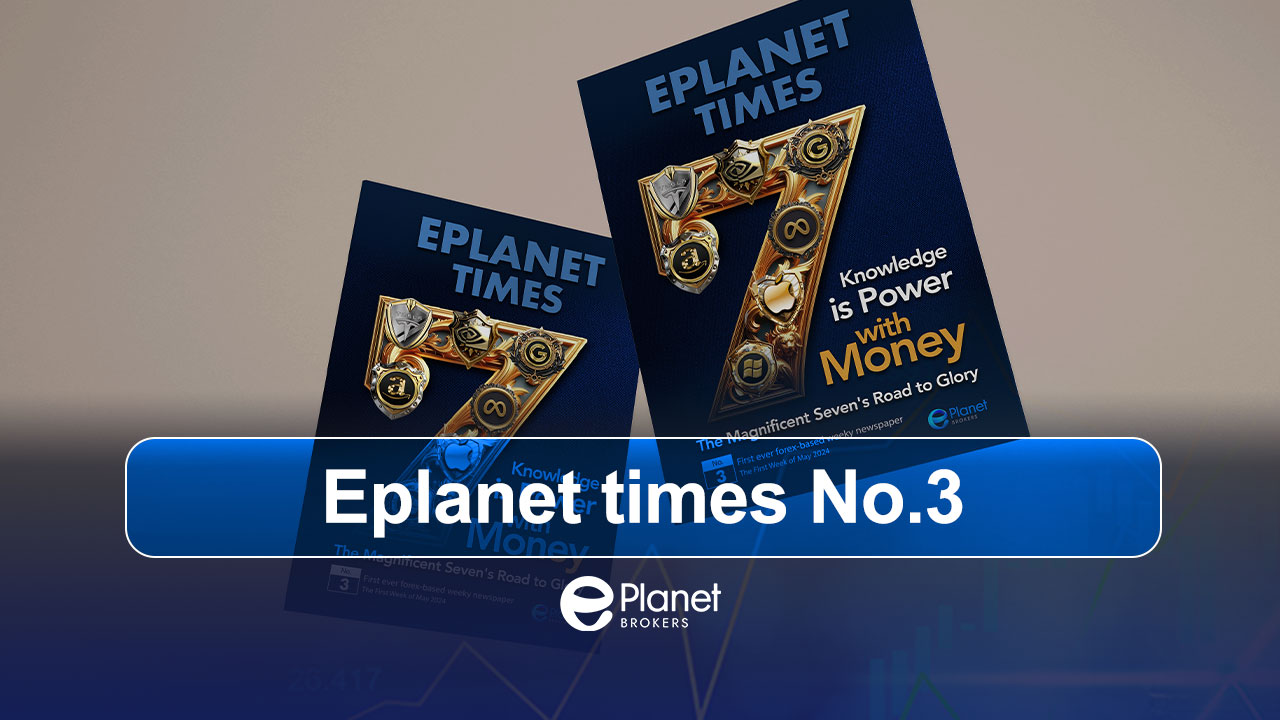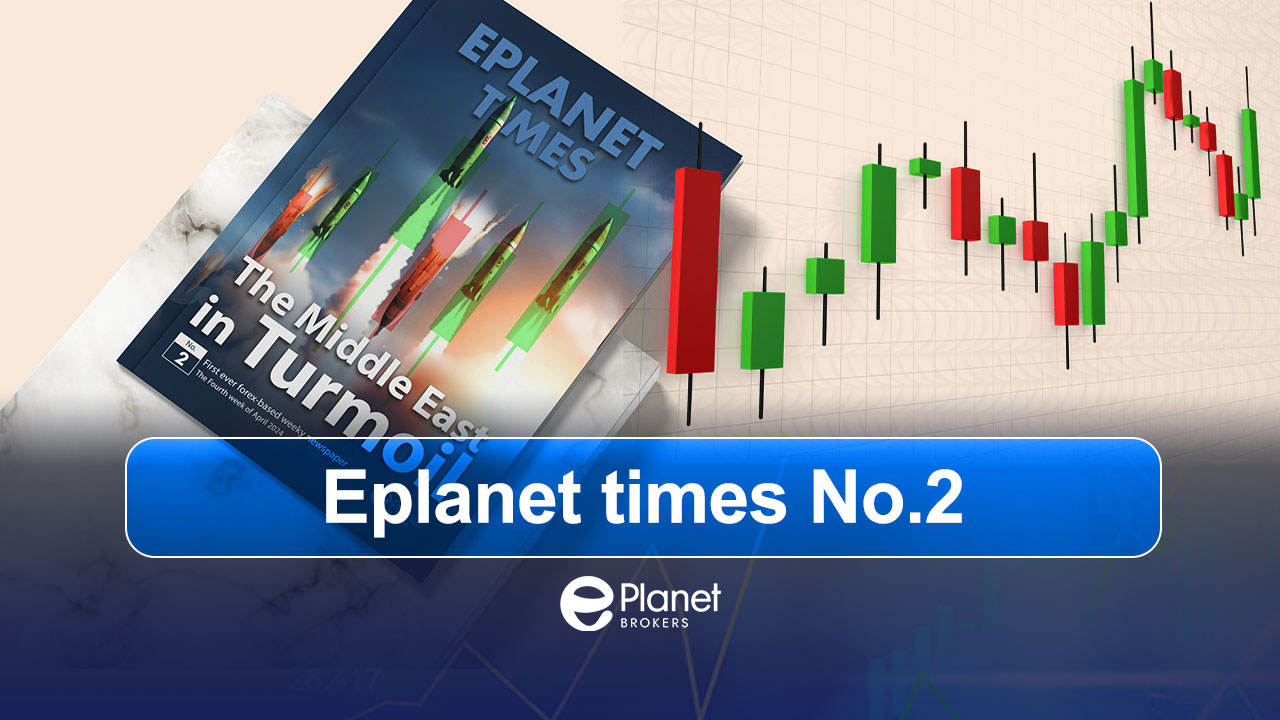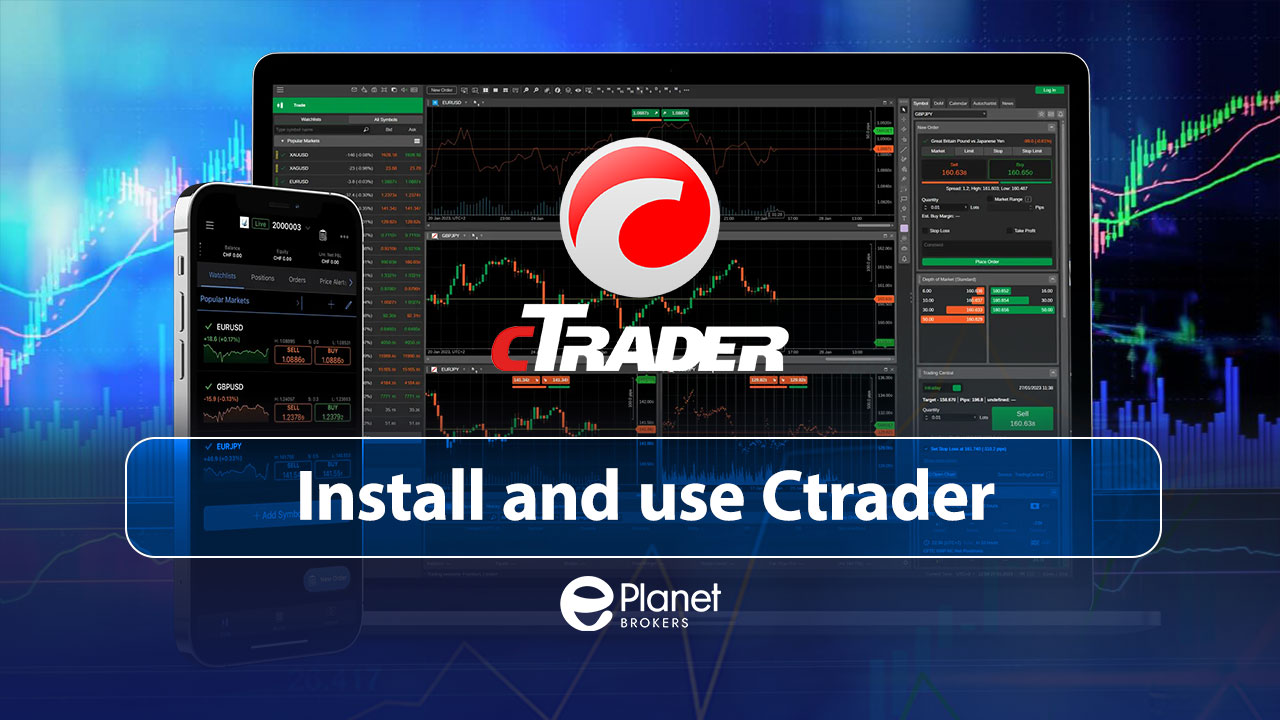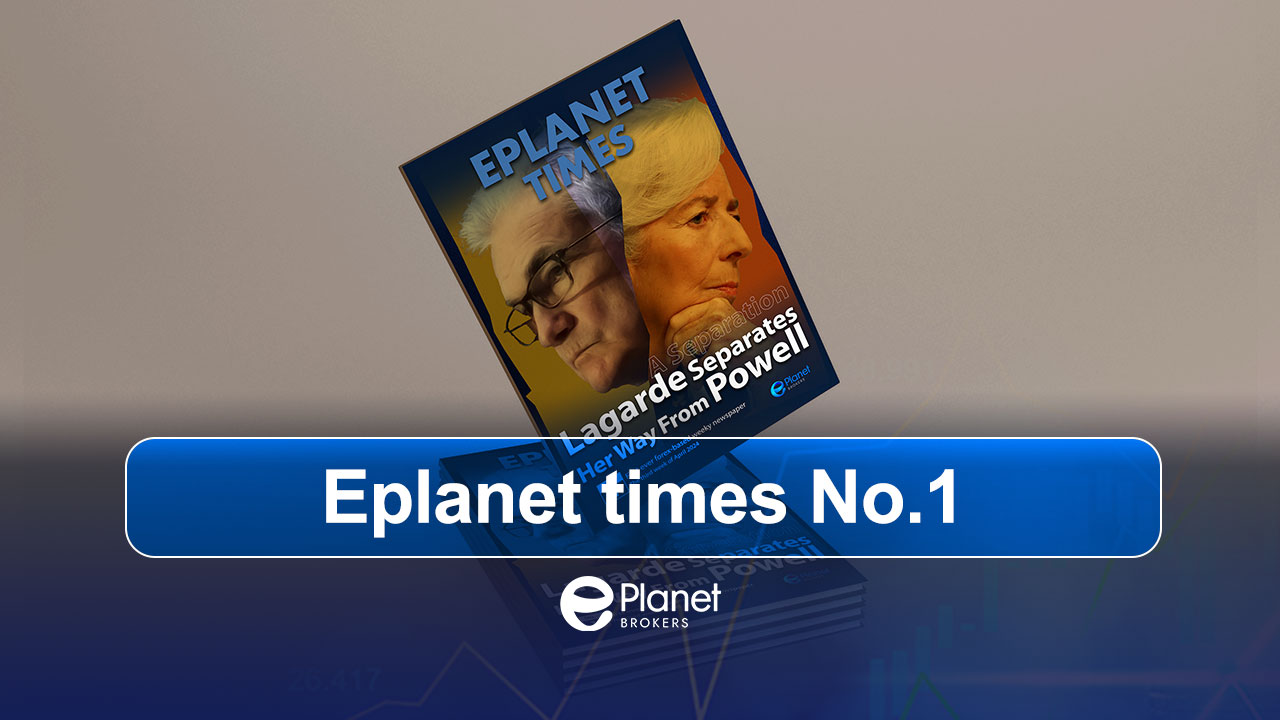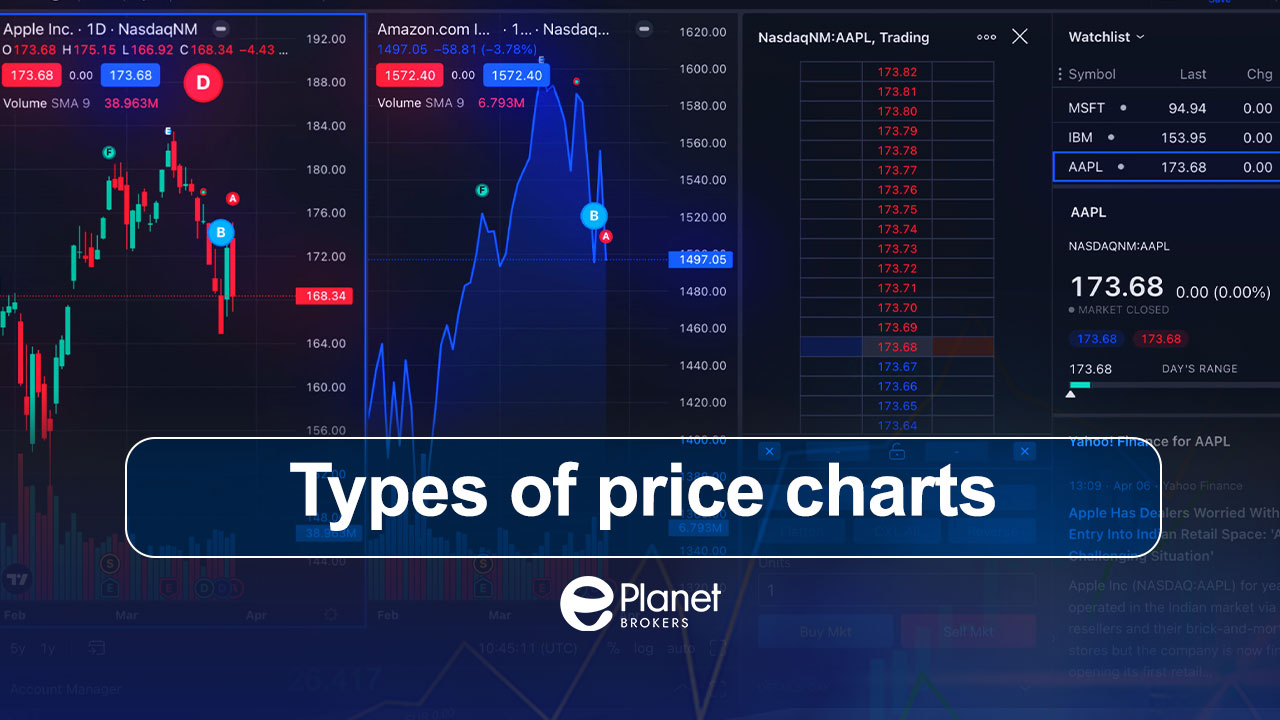The importance of account management and risk in forex trading
The main goal of every trader in the forex market is to grow his account and capital with the trades and the profits he earns. Therefore, it is necessary for the trader to follow the rules for the continued growth of his account. This set of rules in financial markets is known as money management, account management or risk management. In other words, account management refers to a set of techniques that be used to minimize losses, maximize profits and grow trading account.
Many beginners tend to ignore the importance of capital management in forex trading, which sooner or later leads to the complete deletion of their capital. Therefore, it is recommended that before doing any type of trade, you should make sure that you are aware of the rules of capital and risk management, fully understand them and adhere to them forever.
There is a famous expression among experienced traders in the forex market, which indicates if you enter into trades without any knowledge of technical and fundamental analysis and do it completely by chance and only follow the rules of capital management, no matter how many trades you make, it is impossible that your capital reaches zero. Paying attention to this concept clearly reveals the importance of risk management in forex trading.
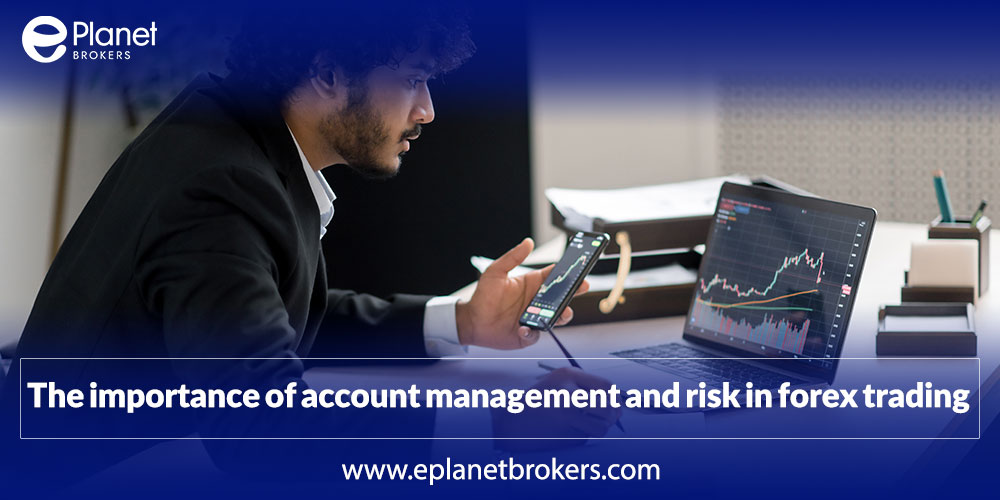
Account management strategies
There are some techniques for capital management that keep your trading account in safe side. Most of these techniques include common rules that control the size of entry and the limits of potential losses. In the rest, the most important of them will be mentioned.
Decide how much you want to risk per trade
One of the most important account management techniques in forex trading is signification of the risk per trade. Risk per trade determines how much of your trading account will be at risk on each trade. As a general rule, don’t risk more than 2-3% of your balance on a single trade. If you follow this rule, you will have enough capital to withstand the negative impact of a series of losing days. It is always better to take a small risk and grow your account steadily than to take too much risk and blow your capital. Always remember the famous proverb: ” Slow and steady wins the race “.
Do not over-trade
You don’t have to trade every hour or even every day. Wait the market provides your trading setup, so don’t follow the market for trading opportunities. The market doesn’t owe you anything and patience is the holy grail of profitable traders. Note when you enter a trade without a definite and reliable analysis and repeat it over and over again, even with the best capital management methods, you will not be able to grow your account.
Close losing and let profitable positions roll
“Limit your losses and let your profits roll”, the famous term there is. Professional forex traders do exactly this rule, they are very impatient with their losses and close a losing position as soon as possible, but let their winning positions continue. Beginners do inverse, they wait for the position to come out of loss or at least is reduced and then try to close it. On the other hand, as soon as the trade is profitable, they close it in a small profit.
Always use Stop Loss order
Stop Loss orders are a key building block for risk and capital management and should be an inseparable part of any account management strategy. A stop loss order automatically closes the position when the price reaches a predetermined level, preventing larger losses. All forex trading capital management strategies should include stop loss orders.
Appropriate risk-to-reward ratio (R/R)
Reward to risk ratio or R/R refers to the ratio between potential profits and potential losses of a trade. Research by a major forex broker has shown that traders who trade with a R/R ratio of 1 or higher are significantly more profitable than traders who trade with below 1. For example, if you buy EUR/USD with a profit target of 100 pips and a stop loss of 50 pips, the R/R ratio of this trade will be 2. If you follow this tip, you will need fewer profitable trades to grow your account.
Be careful when trading on leverage
Trading with a leveraged account is one of the main reasons that beginners are attracted to the forex market, but you should note that leverage is a double-edged sword. In addition to increasing your profit, leverage can also increase your loss.
Emotional control
Fear and greed are the most destructive emotions in trading. According to experience, you will learn how to manage your emotions to not Influencing on your trading decisions. Greed in particular is much more destructive, you have to be realistic about how much you can be profitable. Don’t over trade the market and don’t set unrealistic profit targets that are impossible to achieve. Note that a trade with a stop loss of 10 pips and a profit target of 1000 pips is very likely to result in a loss.
Use dynamic stop loss orders to save your profit
In this method, when the trade is in profit and the price continues, the trader moves his stop-loss closer to the level of entry and even within the profit range if possible In this case if the price returns in the opposite direction of the position for any reason, some of the profit will be saved.
Understand the correlations
If you have a good understanding of the relationship between different assets, you can distribute risk of trades where a loss in one can be retrieved by a profit in another. For example, the dollar and gold often have a negative correlation means if a trader loses in buying gold, he can compensate part of his loss by buying dollars in the main currency pairs.
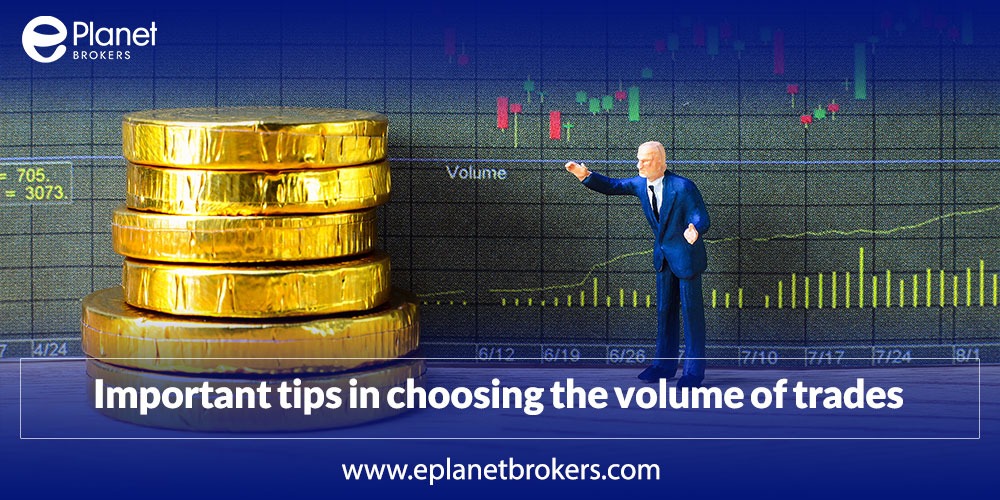
Important points in choosing the size of trade
In order to easily calculate the transaction volume, in this section, the relevant formula is presented and its parameters are explained. The amount of lot or size of trade that you can enter in each transaction is calculated from the following:
Lot = (E * R%) / (SL * PV)
Lot: size of trade
E: Equity
R%: risk percentage
SL: stop loss to pip
PV: pip value
Pip value is equal to 10 for pairs where the dollar is second currency (quote), such as EURUSD, and for pairs where the dollar is the base currency, such as USDJPY, it is equal to the spot price divided by 10.
For example, if your account equity is $1000 and you intend to open a long in the
Euro-Dollar currency pair and your stop loss is 20 pips, with 2% risk, the size of trade is calculated as follows:
lot = (1000 * 0.02) / (20 * 10) = 0.1
It means you are allowed to enter 0.1 lot in this transaction with a risk percentage of 2. Always remember to limit your risk to 2-3% of your capital and stick to this rule.
Note without having a stop-loss, you cannot choose the right size of trading, in other words, account management without a stop loss is meaningless.
Using stop loss in financial risk management
As mentioned before, stop loss is an essential element of a capital management strategy and an experienced trader will never trade without it. Experienced traders always stick to this concept that when they want to decide on entering a position, they first determine the level of the stop loss and then take position.
In the formula, it was observed that the stop loss is a main parameter, so the transaction volume cannot be calculated correctly without it. Many professional traders never enter the transaction without considering the depth of the stop loss and calculation the size allowed for the transaction.
Demo account benefits in practicing account management
Many forex brokers provide demo accounts for beginner traders who want to practice without risk on real capital. In this type of accounts, in addition to practicing their technical and fundamental strategies, traders can also test capital management strategy. One of the main advantages of these types of accounts is that due to transactions on virtual capital, the trader does not have the stress and psychological pressure required in real account, so they can test the strategy with a relaxed mind.

However, it should also be noted that the lack of psychological pressure in the demo account, while it can be useful for test the strategy, because of unreal emotions, trader would fall in mistake and in the real account emotions overcome the decision making. For this reason, it is recommended to use the demo account only to test the trading and the capital management strategy. To practice trade, real accounts with low capital (nano accounts) is more appropriate.















